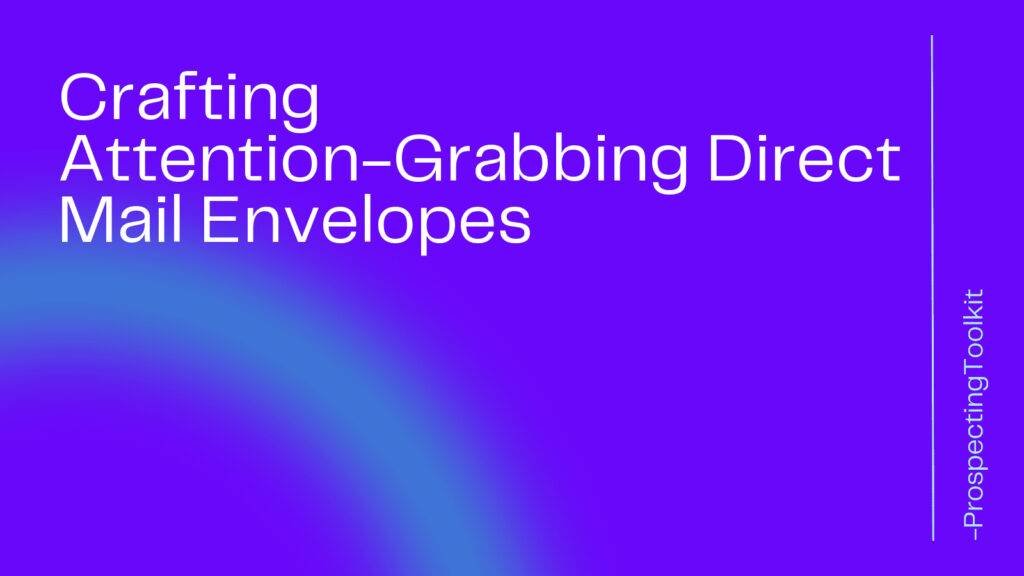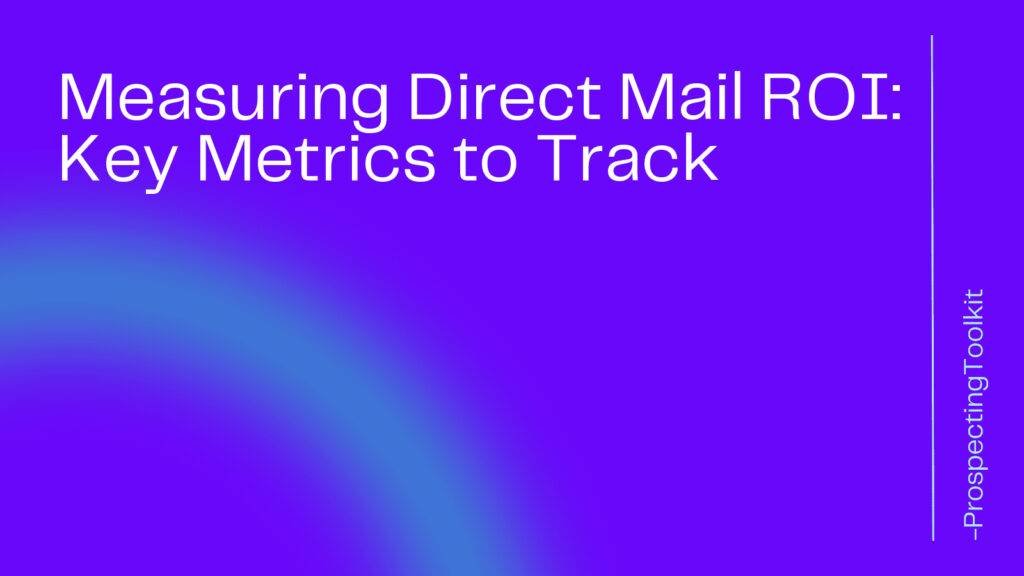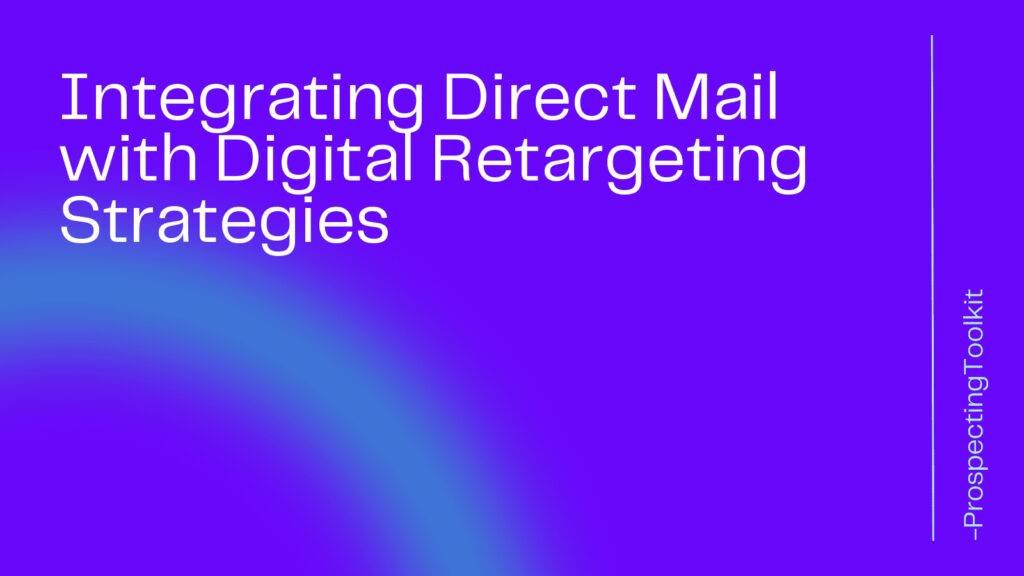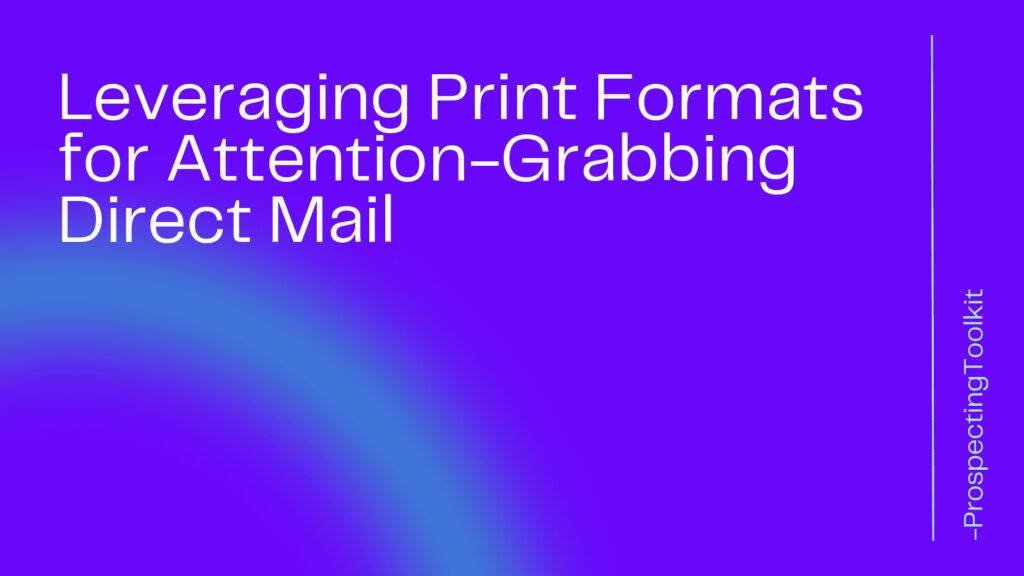Sales doesn’t have to be difficult, all you need is a solid framework to follow. In this article, we’ll dive into the SPIN Selling Framework.
Table of Contents
ToggleWhat is SPIN Selling?
In 1988, Neil Rackman published a pinnacle book in the art of sales called SPIN Selling. This wasn’t just a book, but a huge study of 35,000 sales calls.
It identified what was working in the sales process and what wasn’t.
One of the biggest monumental learnings of Neil’s study was this: the key to establishing rapport with a prospect is to ask them questions.
For many people, this is a huge mindset shift.
Most people focus on pitching their business, their services, and why they are so great.
But instead, SPIN Selling teaches you how to ask questions to build rapport and position your service as to the solution.
And not just any questions. In this study, Neil’s firm established a framework of questions called SPIN.
SPIN Stands for:
Situation Questions
These are your basic types of questions. These give you the fundamental understanding of the person and the company you are talking with.
These questions could be:
- Can you share a bit more with me about your business?
- Who is your primary customer?
- What is an average sale worth to you?
- How have you gotten most of your clients up until this point?
These are your basic questions that give you the lay of the land about your prospect’s business.
But before you ever hop on the call and ask any of these questions, you should spend a good amount of time researching your prospect prior to the call, so you can answer as many of these on your own as possible.
Then you use situation questions to clarify anything you don’t fully understand from your research.
The goal is to progress through situation questions rather quickly and move on to Problem Questions.
Problem Questions
These questions are focused on your buyers needs and pain points. They get the buyer talking about the problems that they have and give you an understanding of how crucial this problem is to their business.
Some examples of problem questions:
- Do you have a steady flow of sales for your business? Or is it feast or famine?
- What roadblocks are you hitting right now with your technology?
- Can you explain the issues you have with the current design?
- Why are you having trouble getting this project out the door?
These are the questions that give you an understanding of what your client’s needs and pain points are. These questions take you to the next stage of the conversation from talking about their business to talking about their problem.
Your goal is to uncover these problems and then understand the implications of them.
Implications Questions
The purpose of Implication Questions is to make the customer eager for a solution to the problems that you have identified.
These Implication Questions are typically created on the fly by combining pieces of information you already learned throughout the call.
Your goal is to ask questions in a way that gets YOUR PROSPECT to describe the implications of their problem.
For example:
- If you hit a slump in sales for a month, what impact does that have on your business?
- If you don’t get this technology fixed in your workflow, then do you have to continue to do this manually which takes your team 5-10 extra hours per week?
Notice how these questions are positioned in a way that frame the implication of the problem.
If you do these right, then the prospect should answer “Yes. That is right”
If you can do 2-3 of these implication questions back to back, then your prospect will be nodding along thinking to themselves “Yes, they understand me and this problem is important to solve.”
It feels weird at first, but it works magic when you pull it off.
Need-Payoff Questions
To be honest, I’ve always found that need-payoff and implication questions are pretty similar.
Implication questions are sharing the negative side of the problem, and need-payoff questions are sharing the positive side of fixing the problem.
Some examples of need-payoff questions:
- You said that a single new client is worth $100k per year to your business, is that right?
- So if I were able to help you win one new client, then that would be worth a lot of additional revenue?
- If you get this new project out the door, then that is going to remove a lot of roadblocks for your other marketing campaigns?
Over the course of a sales call, you will progress through those 4 stages of questions as you build rapport with your prospects.
The Pitch:
If you have successfully made it through these questions, then you are in a great spot to pitch our service.
If the client is answering “Yes” to your implication and need-payoff questions then you have them right where you want them
Now is the time to say, “That is great to hear. My company does X, Y & Z which will perfectly fix your problem and {{implications and need payoffs}}.”
How SPIN Selling works in action
- You research the prospect before the call to get as much of an understanding of their business as possible
- You open up the call and position it with “I first want to ask some questions about your business to make sure this is a right fit.”
- Start with situation questions to get an understanding
- Continue on with problem questions to understand the need
- Use Implication and Need-Payoff questions to share the consequences and benefits of changing
- Pitch your service as the solution that fixes everything you just discussed
If You’re Afraid of Being Too Sales-y
When you learn the art of SPIN Selling, you will find out two fundamental things.
- It actually feels very natural and your sales calls will flow smoother
- The questions weed out people who are not a right fit for your service
If you make it to implication questions and your prospect is not answering “Yes, that is right.” Then you know that what you are describing is not a serious problem for this prospect.
By following this set of questions, you can basically eliminate prospects who are not really in need of what you’re offering.
This lets you cut the bad, and have a better close rate on the good.
Bottom Line
Sales is all about playing “doctor”. You need to understand your prospect’s problem before you prescribe your solution.
Rather than going straight into a pitch, use a framework like SPIN selling. This helps you build trust and truly make you a trusted advisor.
If you’ve been having any issues with closing sales, try this out!







